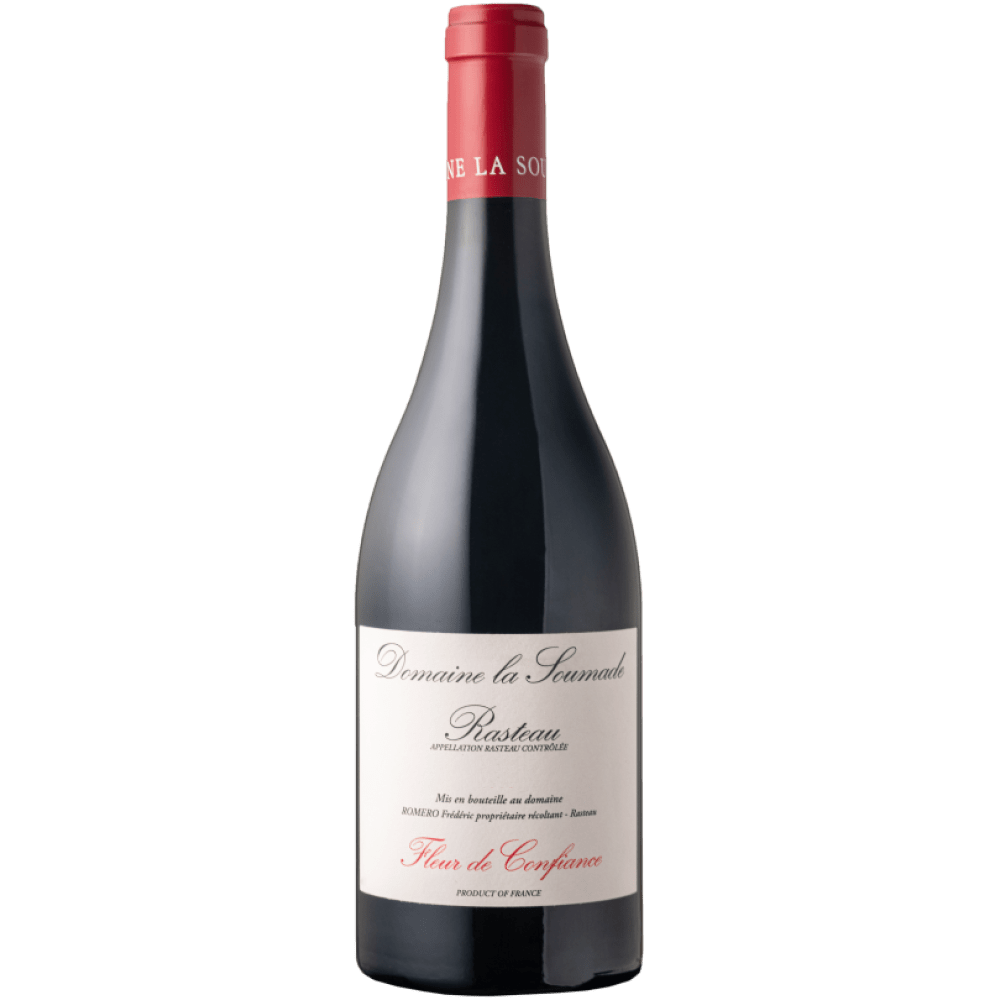No products in the cart.
Domaine la Soumade Rasteau Fleur de Confiance 2020
Old Vines - 70% Grenache, 10% Syrah
Selected parcels of old vines from 50 to 110 years where this a greater concentration of blue clay in the subsoil, giving silky tannins and freshness to the wine.
Produced from their best parcels of very old vines. A delicious sweet grenache nose that you only get from the oldest of vines. Very ripe plums, cherries and red currants come to mind. Great concentration of fruit throughout the taste with lovely mineral notes holding the wine together right to the end of the taste. The tannins are finely grained which means this wine can be enjoyed. However, the real treat comes when you drink this wine after 10 years, when the mouth-watering complexity that is held tight in its early years truely comes to the main stage. This is a real keeper.
37.10€
Shipping costs are calculated per box of 6 bottles. Each box can contain a mixed selection of wines.
Beyond the Label
Reviews
Beyond the Label
Style
Red
Vintage
2020
Region
Rasteau, Rhône, France
Drinking time
5 to 15 years
Grape varieties
70% Grenache, 10% Syrah
Reviews
Producer profile
The Roméro vineyards date back to the early part of the last century. Up until 1979, the grapes were sent to the local cooperative. André Roméro was the first of his family to ferment wine from the family vineyards. Ownership of the domaine is now in the hands of his son, Fredéric who has continued his father’s approach of growing full bodied reds with fine tannins, luscious fruit and great ageing potential, particularly for their top cuvées. The domaine covers 31 ha (76 acres), mostly in the cru of Rasteau with 3 ha of terrace vineyards in Gigondas and some vineyards in Côtes du Rhône classification. The terroir of Rasteau is mostly on south-facing slopes with a little more clay than some other appellations which produces full-bodied wines. The domaine is focussed on dry reds but also produces a Vin Doux Naturel (fortified) red wine which is wonderful with blue cheese and chocolate. The winemaking emphasises good, but soft extraction and precise temperature control. The reds are fermented in stainless and large wooden vats for the more concentrated juice. The three main Rasteau cuvées are aged in concrete and foudres (large, old oak barrels). The top cuvées are partially aged in used demi-muid (600 litre) oak casks.

Other Wines of Interest
If you like this wine, we recommend you try

